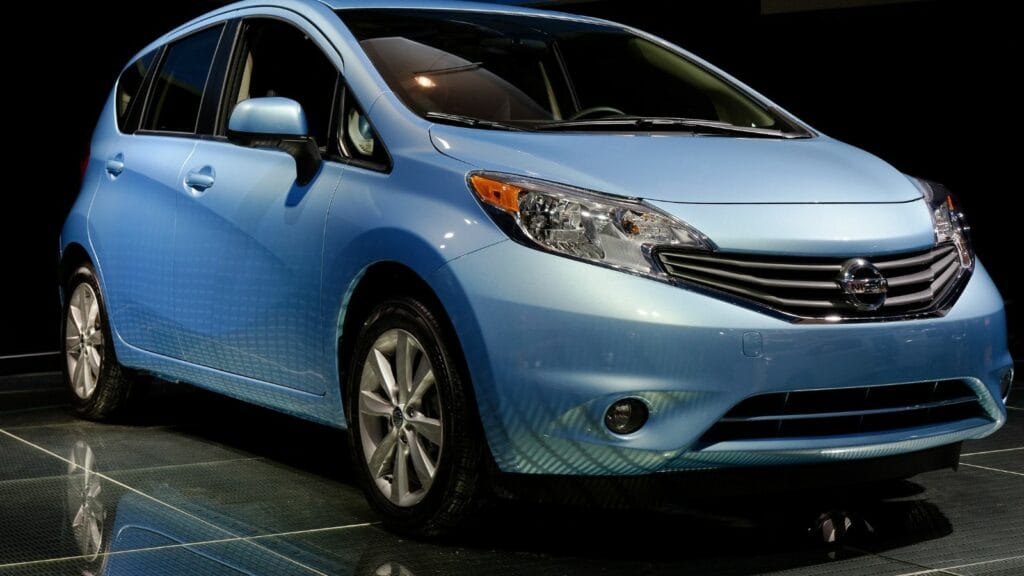When the temperature drops and snow piles up, some vehicles struggle to keep up. From failing batteries and brittle plastics to troubled cold starts and electrical glitches, specific models develop a reputation for leaving their owners stranded when they need reliability the most. Here are 24 cars that break down the most in cold Canadian winters:
Dodge Journey
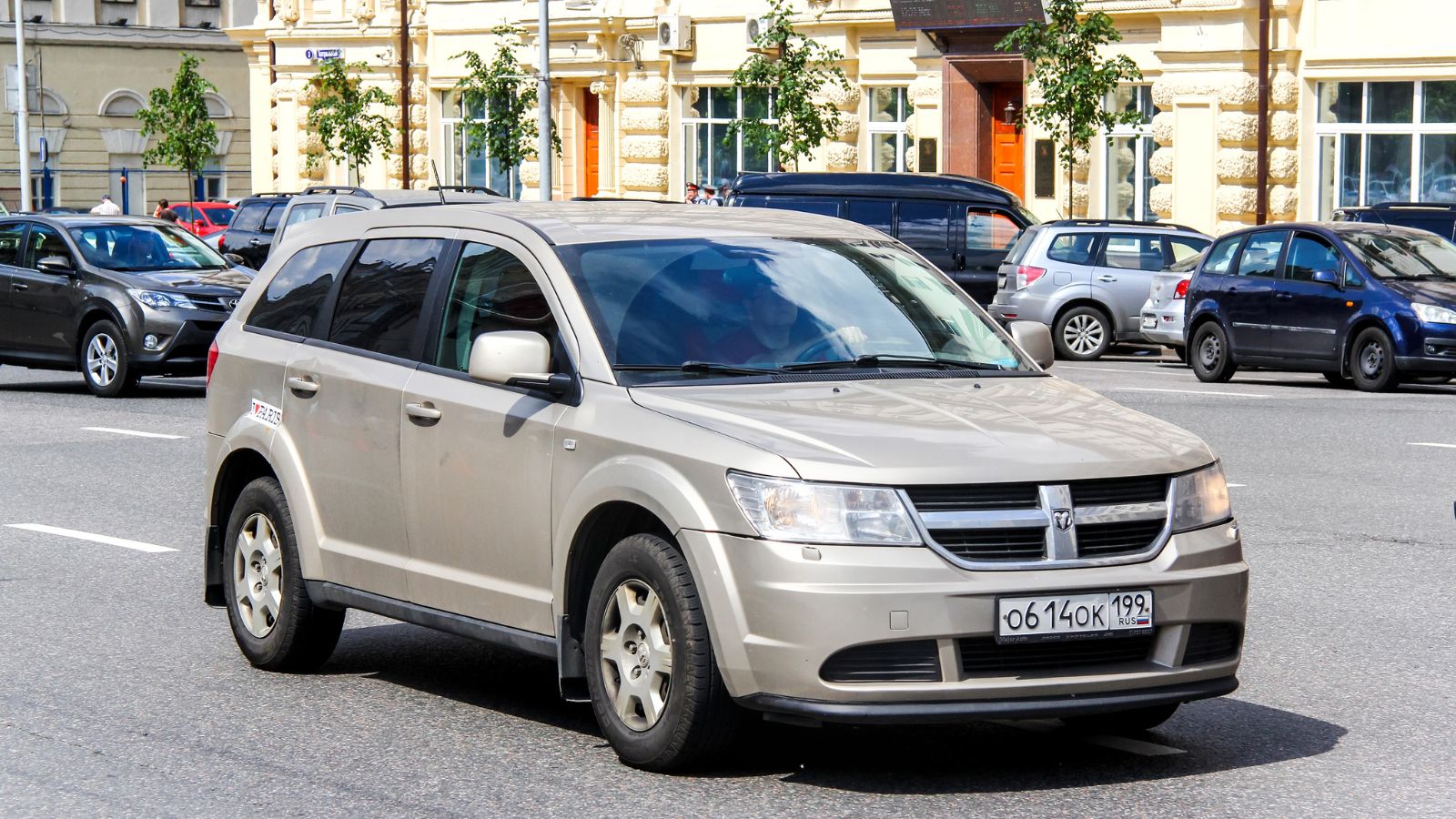
The Dodge Journey has long struggled with reliability, and winter only amplifies its weaknesses. Canadian owners often report issues with premature battery failures, ignition problems, and fragile HVAC systems that struggle to maintain cabin warmth when it matters most. Its aging platform doesn’t help either, as it lacks modern cold-weather refinements like heated side mirrors or a reliable remote start; brake line corrosion in salty road conditions is another concern. While it’s budget-friendly, the Journey often becomes more trouble than it’s worth in temperatures below freezing.
Chevrolet Equinox (Older Models)
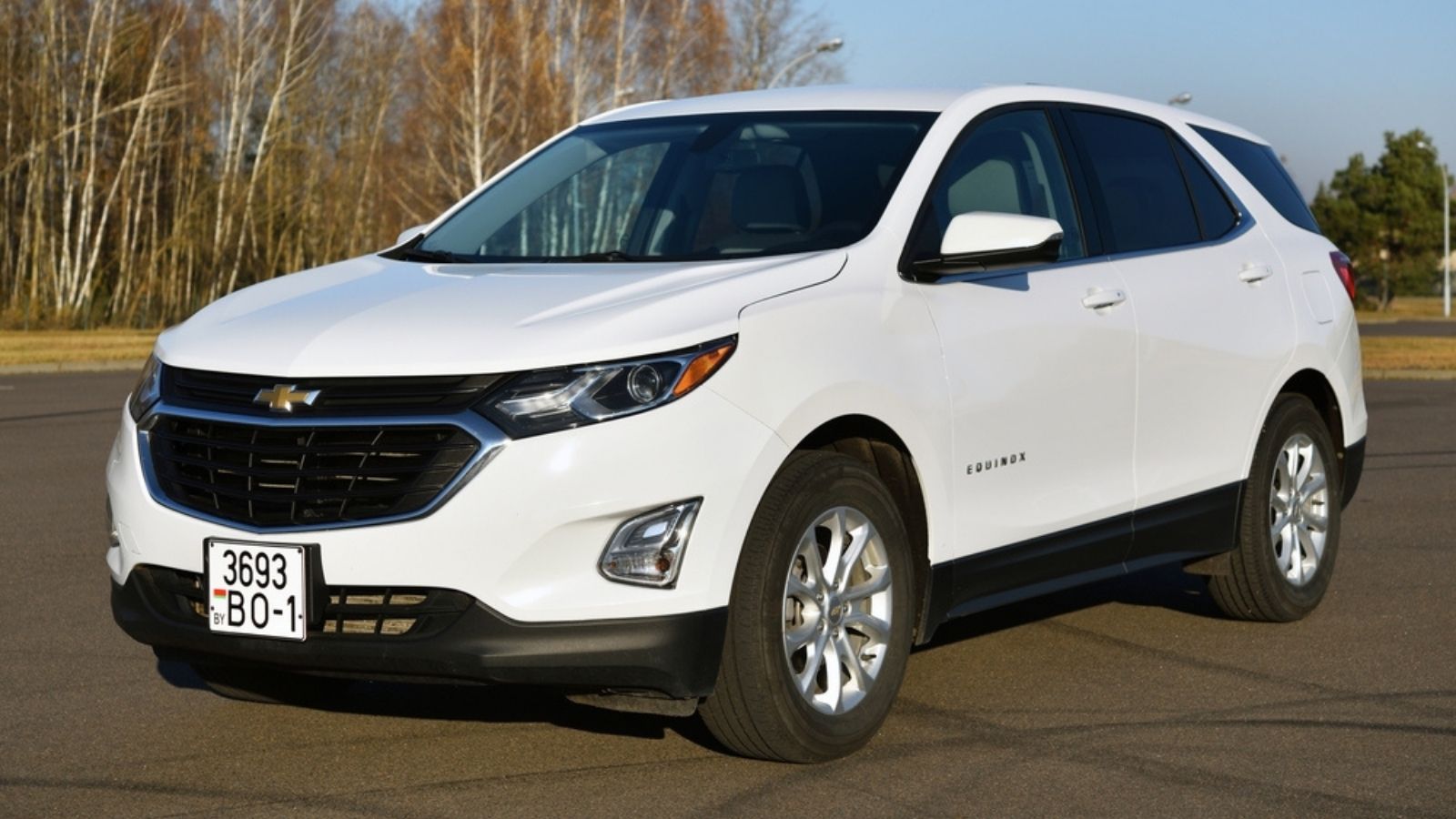
Earlier generations of the Chevrolet Equinox, particularly those made before 2018, have proven problematic in Canadian winters. Frequent complaints include sticking ignition coils, faulty thermostats, and fuel pump issues that become more pronounced in the cold. The all-wheel drive system in some trims has also been criticized for laggy engagement on icy roads. On top of that, the Equinox’s weak cabin insulation means interior heat doesn’t hold well, especially in Northern provinces.
Jeep Compass
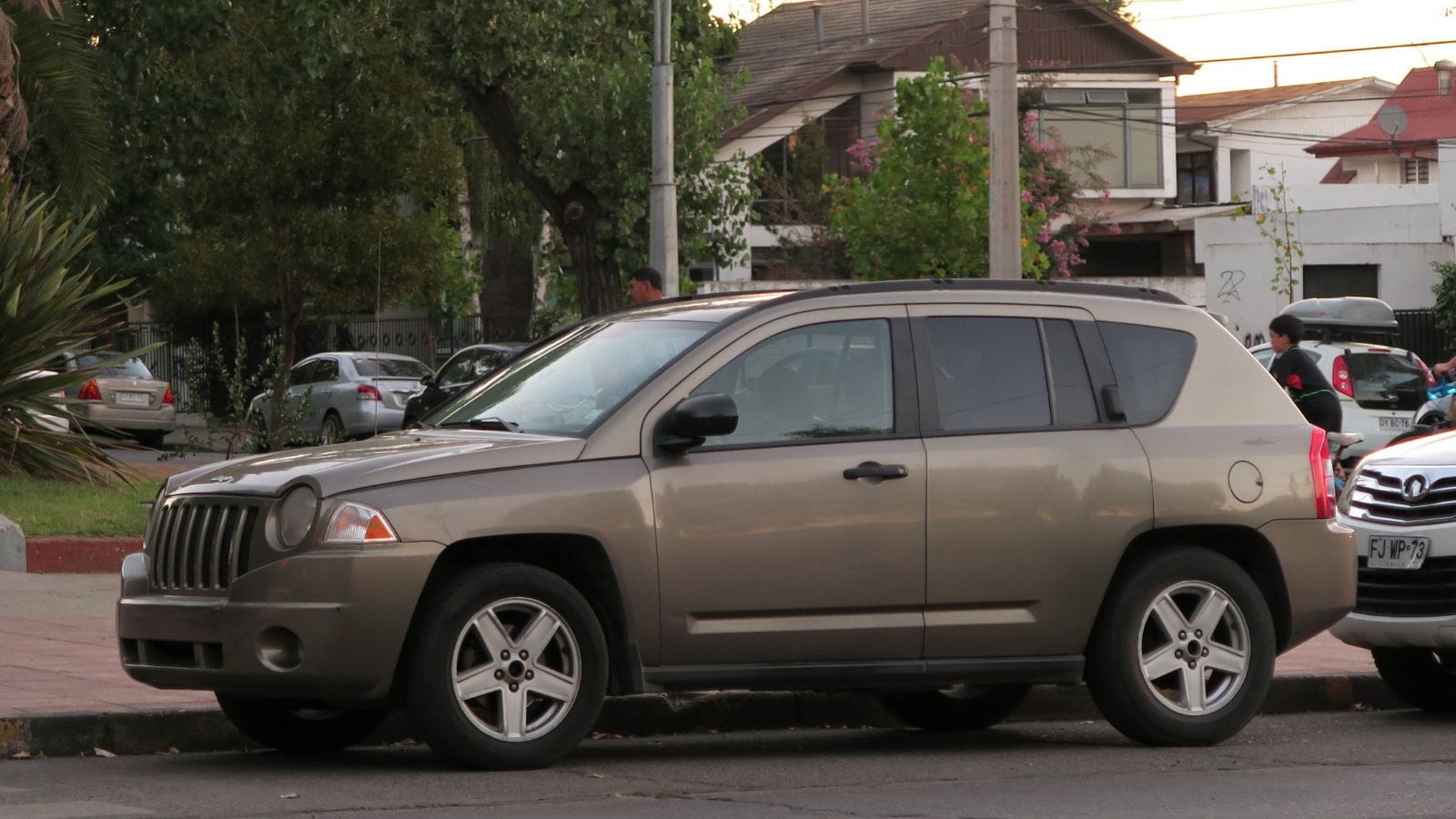
Despite Jeep’s rugged reputation, the Compass often fails to live up to it, especially in winter. Common issues include transmission hesitation in cold temperatures, poor heater core performance, and suspension parts that creak and fail in icy conditions. Many Canadian owners report a lack of confidence when driving through snow due to subpar AWD response and underwhelming traction. Add to that premature corrosion on undercarriage components, and you have a vehicle that’s ill-equipped for long, frozen winters. It may look like an all-season warrior, but the Compass can quickly become a mechanical liability once the snow hits.
Ford Focus
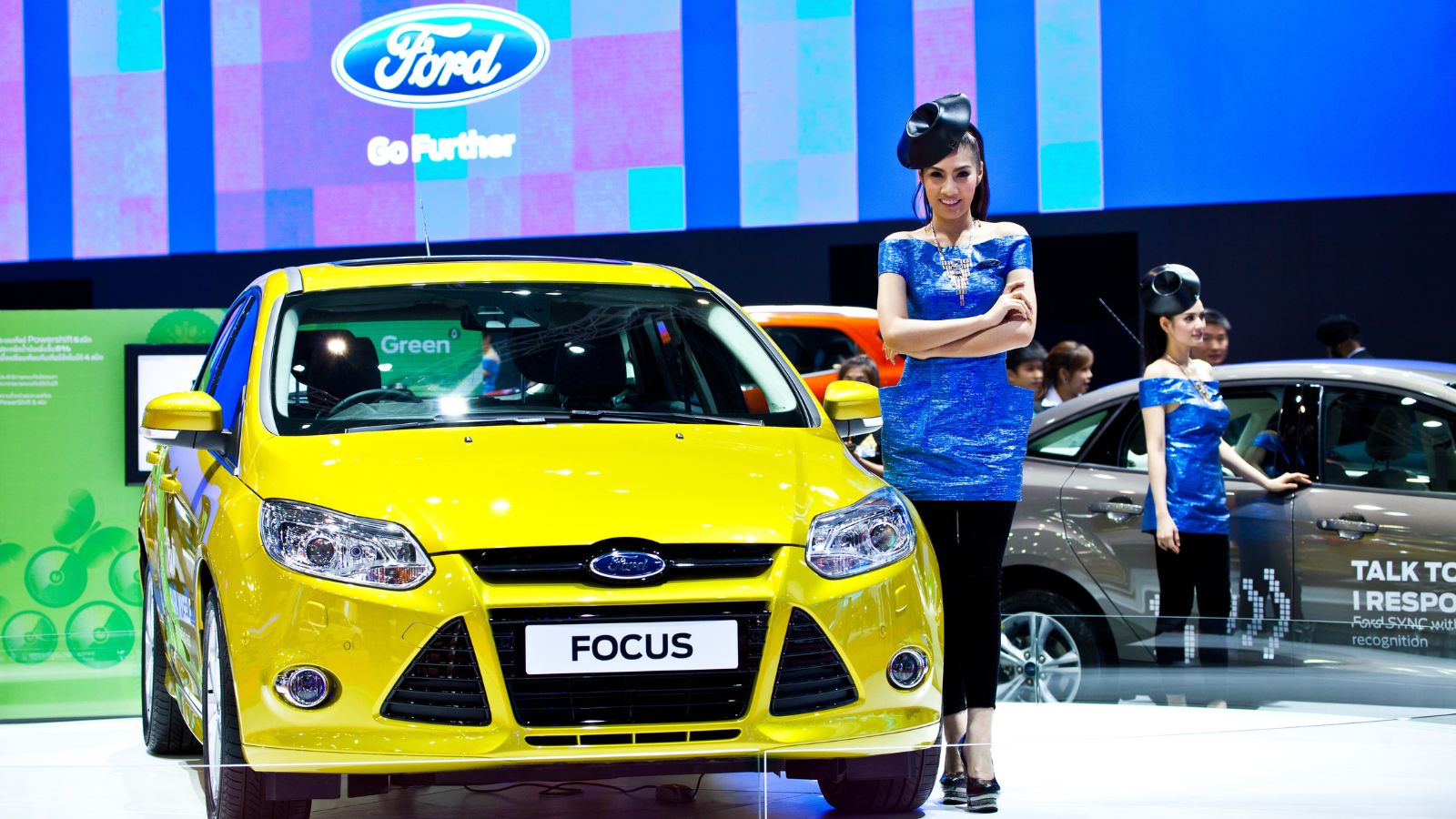
The Ford Focus, particularly in its final generations before discontinuation, struggled in cold weather. Owners in colder provinces have reported frequent battery drain, stalling at idle, and sluggish transmissions when temperatures drop. The notorious PowerShift dual-clutch transmission becomes even more problematic in winter, leading to jerky starts and unreliable shifting on slick roads. Additionally, the cabin’s heating system can take too long to warm up, especially during sub-zero commutes.
Nissan Sentra

While popular for its affordability, the Nissan Sentra has shown notable cold-weather reliability issues, especially in pre-2020 models. Canadian drivers often cite cold start failures, sensor malfunctions, and stalling after idling. The heating system can take its time getting warm, and older CVTs (continuously variable transmissions) are notorious for sluggishness in the cold. Add weak corrosion protection and an underwhelming defrosting system, and the Sentra starts to feel more fragile than functional when winter takes hold.
Hyundai Elantra (Pre-2021)
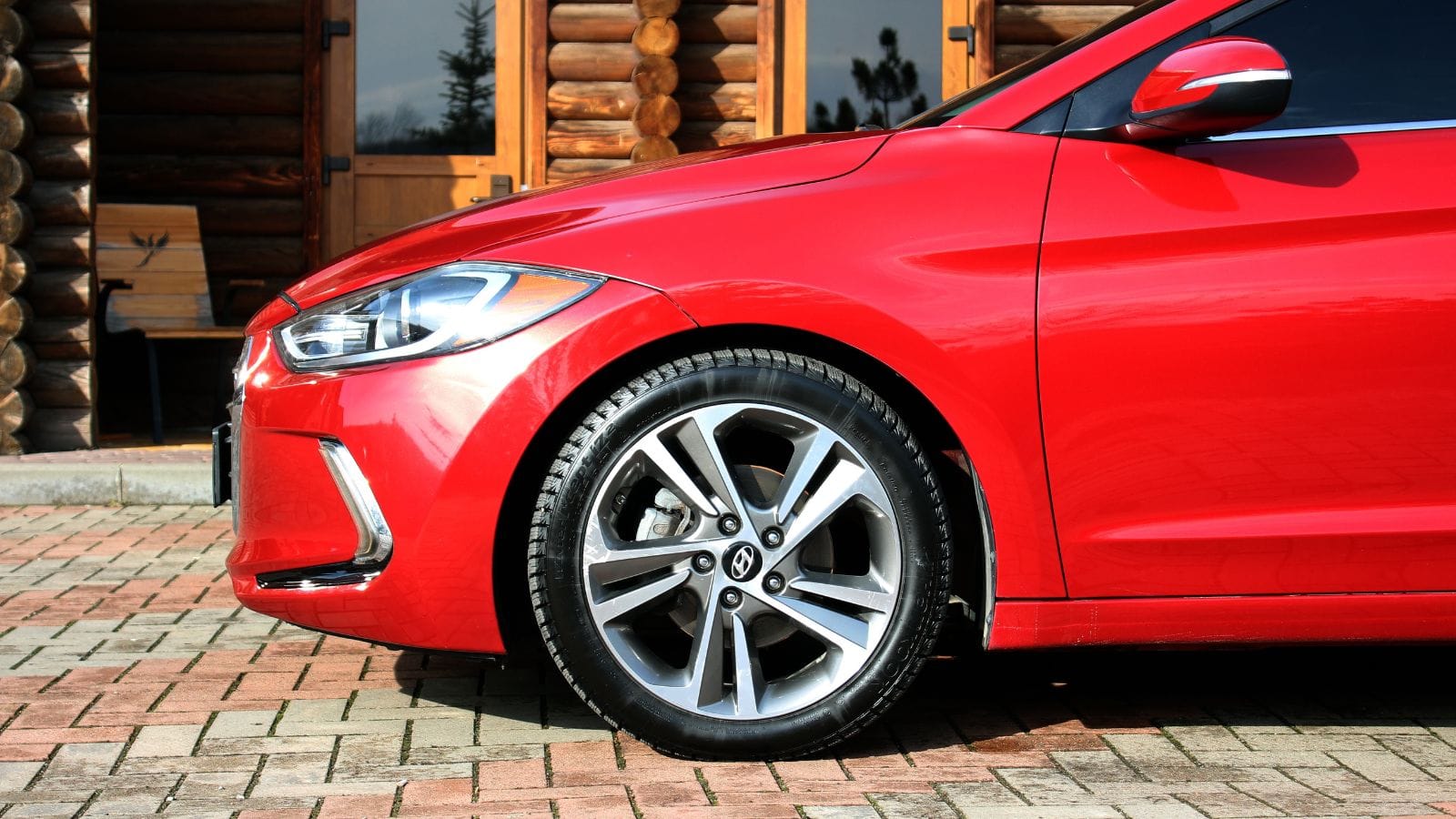
Hyundai’s Elantra has improved over the years, but models from 2011 to 2020 still struggle in winter. Owners commonly report starter failures, intermittent check engine lights, and frozen door locks during cold snaps. The car’s light weight, while great for fuel economy, makes it less stable on icy roads, and rust tends to creep into the wheel wells early in its life, especially in provinces like Ontario and Quebec that are prone to salt accumulation. Although newer models offer heated everything, older Elantras lack some key winterization, making them a dicey bet for cold-weather reliability.
Chevrolet Cruze
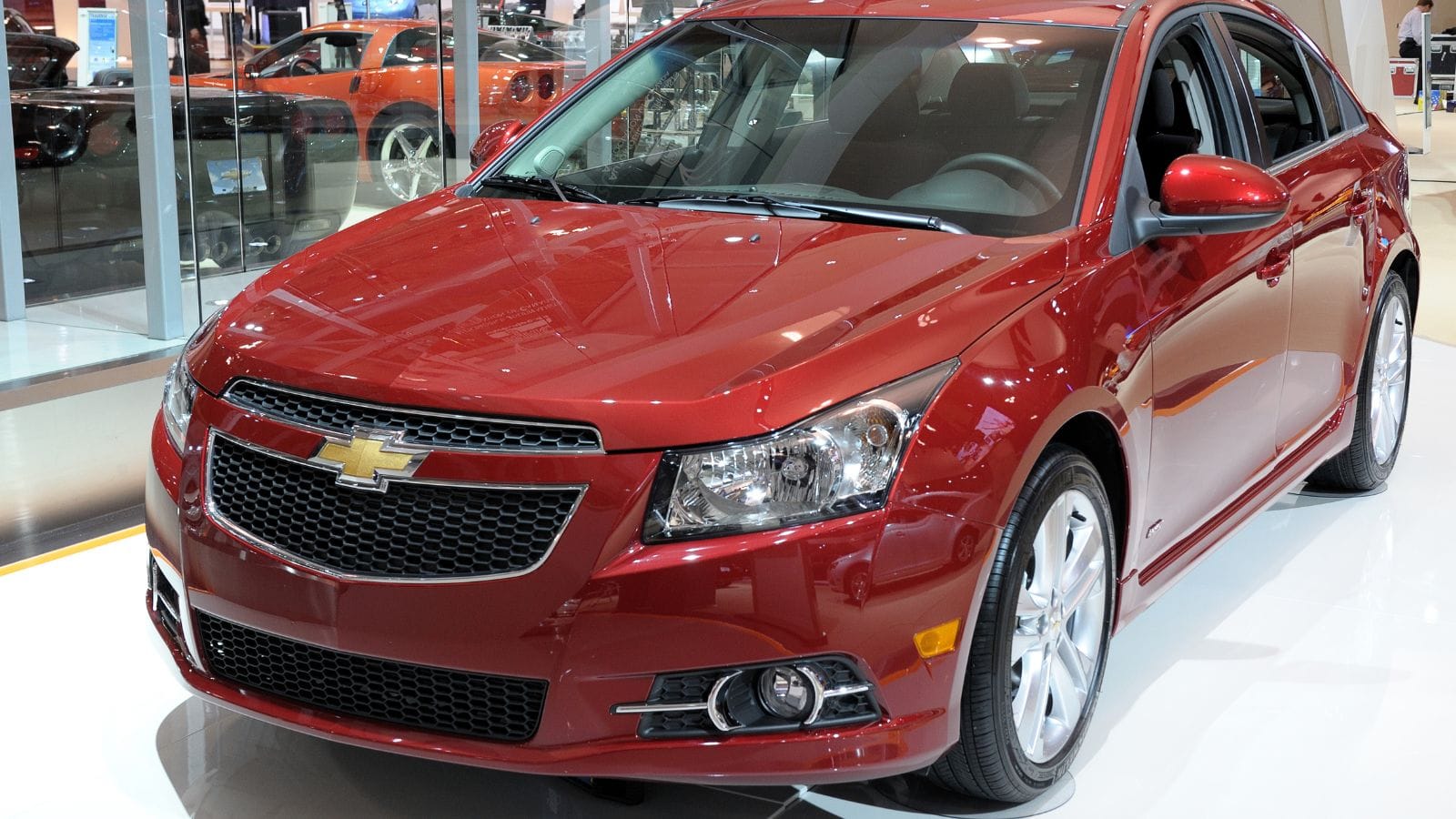
On paper, the Cruze should handle winters fine, but in practice, it’s a different story. Cold climates reveal coolant system leaks, DEF injector problems in diesel variants, and turbocharger failures on gasoline engines. Electrical issues become more common when temperatures drop below freezing, with many owners reporting short circuits or malfunctioning sensors. The Cruze’s traction control system can also lag on icy pavement, and its undercarriage shows early signs of corrosion if not protected. For a car marketed to commuters, the Cruze often requires excessive care to survive Canadian winters without incident.
Kia Soul (Older Models)
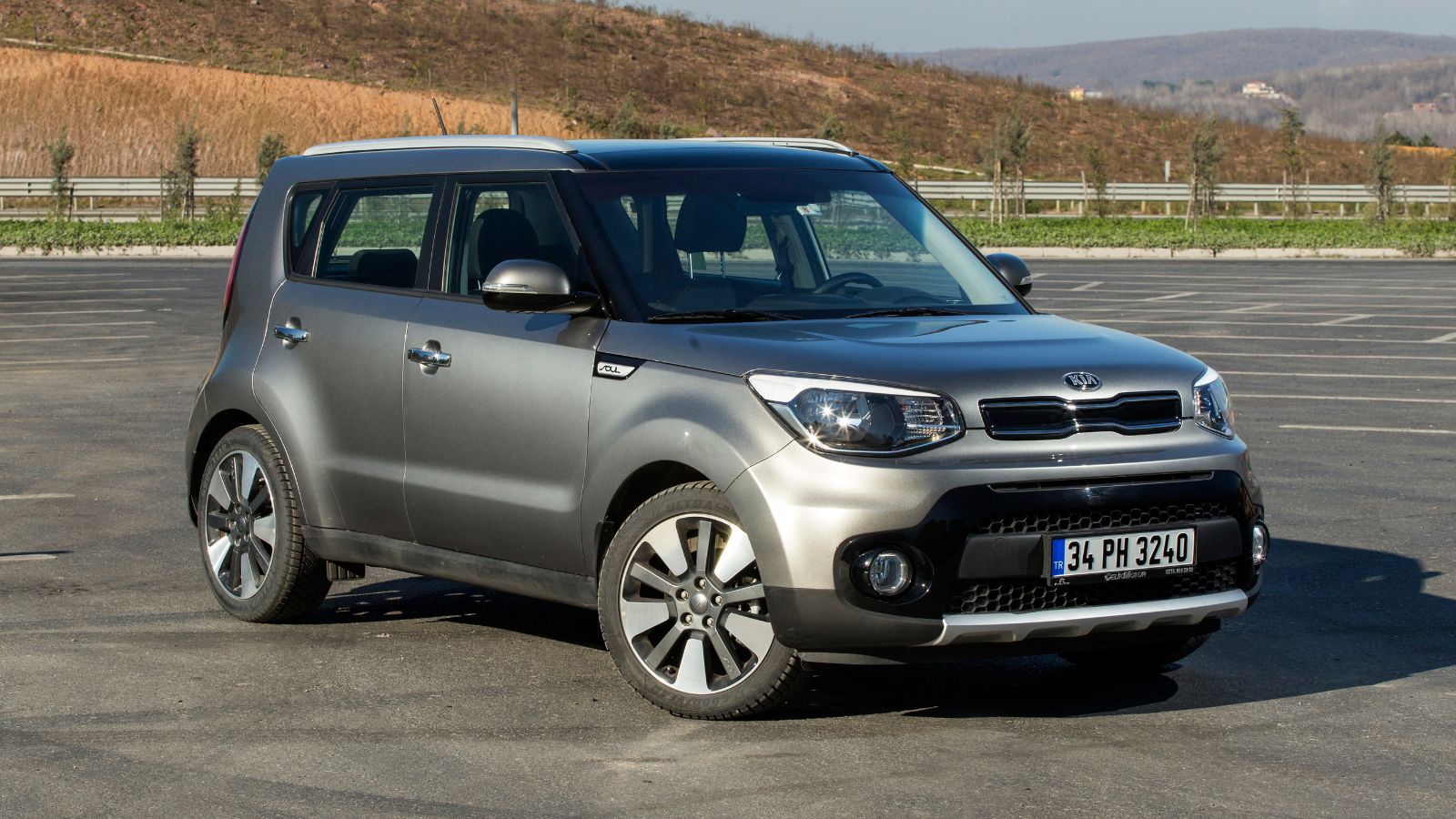
The Kia Soul’s boxy charm doesn’t hold up well under cold pressure, as models before 2020 are prone to battery drain, hesitant starts, and failing heater blower motors. Electrical issues are a common complaint in colder provinces, with reports of power windows and locks failing mid-winter. Its ground clearance also makes it challenging to navigate through deeper snow, and the lightweight build can lead to traction issues, even with winter tires. Though quirky and affordable, the Soul has proven to be temperamental when faced with the extremes of a long Canadian freeze.
Volkswagen Jetta (Pre-2019)
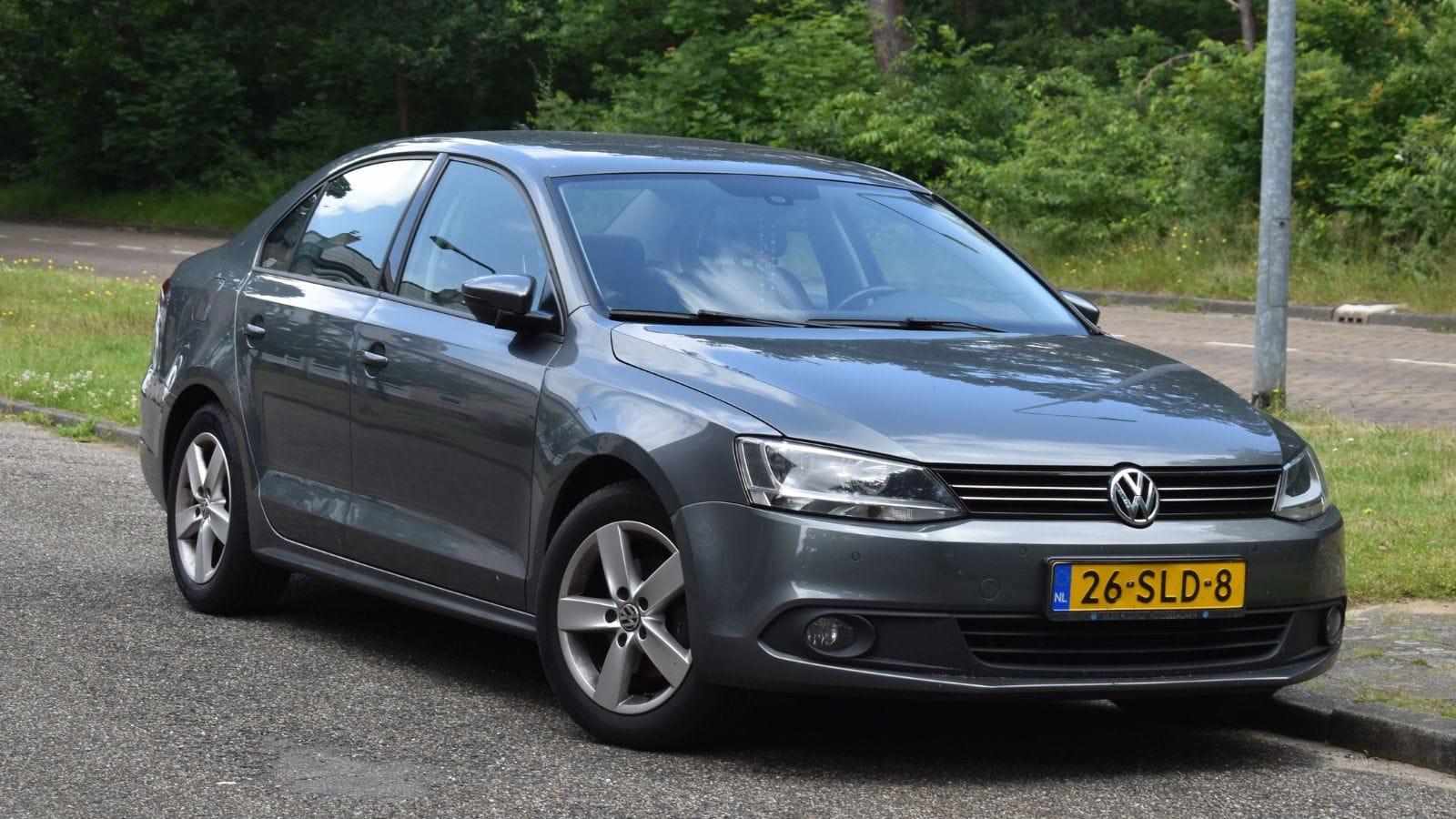
While the Jetta is known for its smooth handling and efficiency, older models, especially those from before 2019, can become unreliable in freezing Canadian weather. Common issues include glitchy electronic systems, fuel injector freeze-ups, and intermittent engine misfires during cold starts. Some owners report power steering problems that only surface in sub-zero temperatures, and despite its European pedigree, the Jetta often feels under-equipped to handle prolonged snow and ice. Parts availability and repair costs can also frustrate owners in rural areas.
Subaru Impreza (CVT Models)
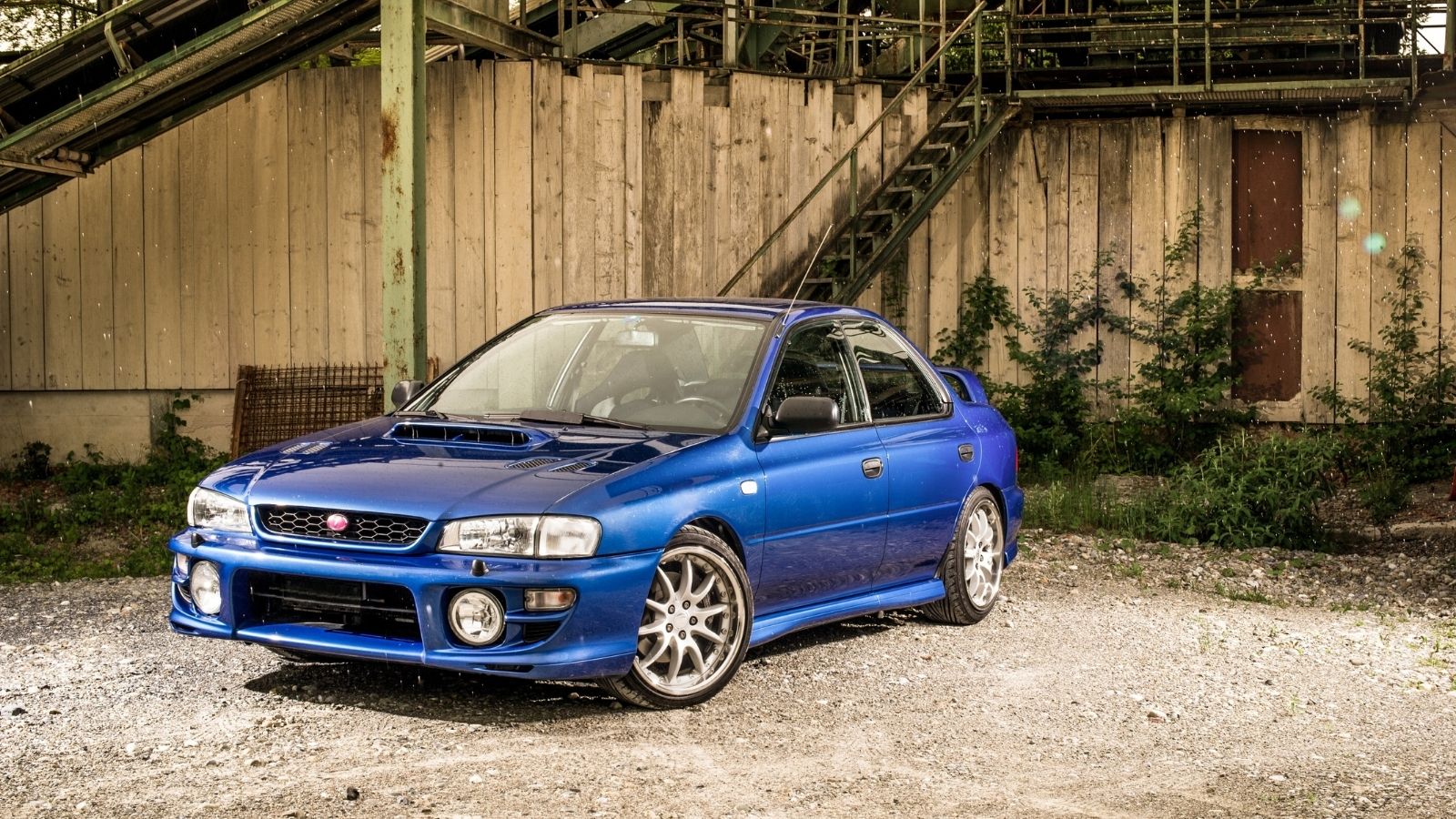
While Subaru models have a strong reputation for winter handling, some Impreza models, particularly those equipped with the CVT, can become problematic in harsh Canadian winters. CVT hesitation and delayed engagement in cold starts are common complaints. Additionally, wiper motor failures, frozen backup cameras, and weak defrost performance add to the frustration. Owners in colder provinces have also noted interior rattles and cabin creaks that worsen during frigid temperatures. Though its all-wheel drive is a major plus, the Impreza isn’t as bulletproof as advertised when winter wear starts to show on aging components.
Chrysler 200
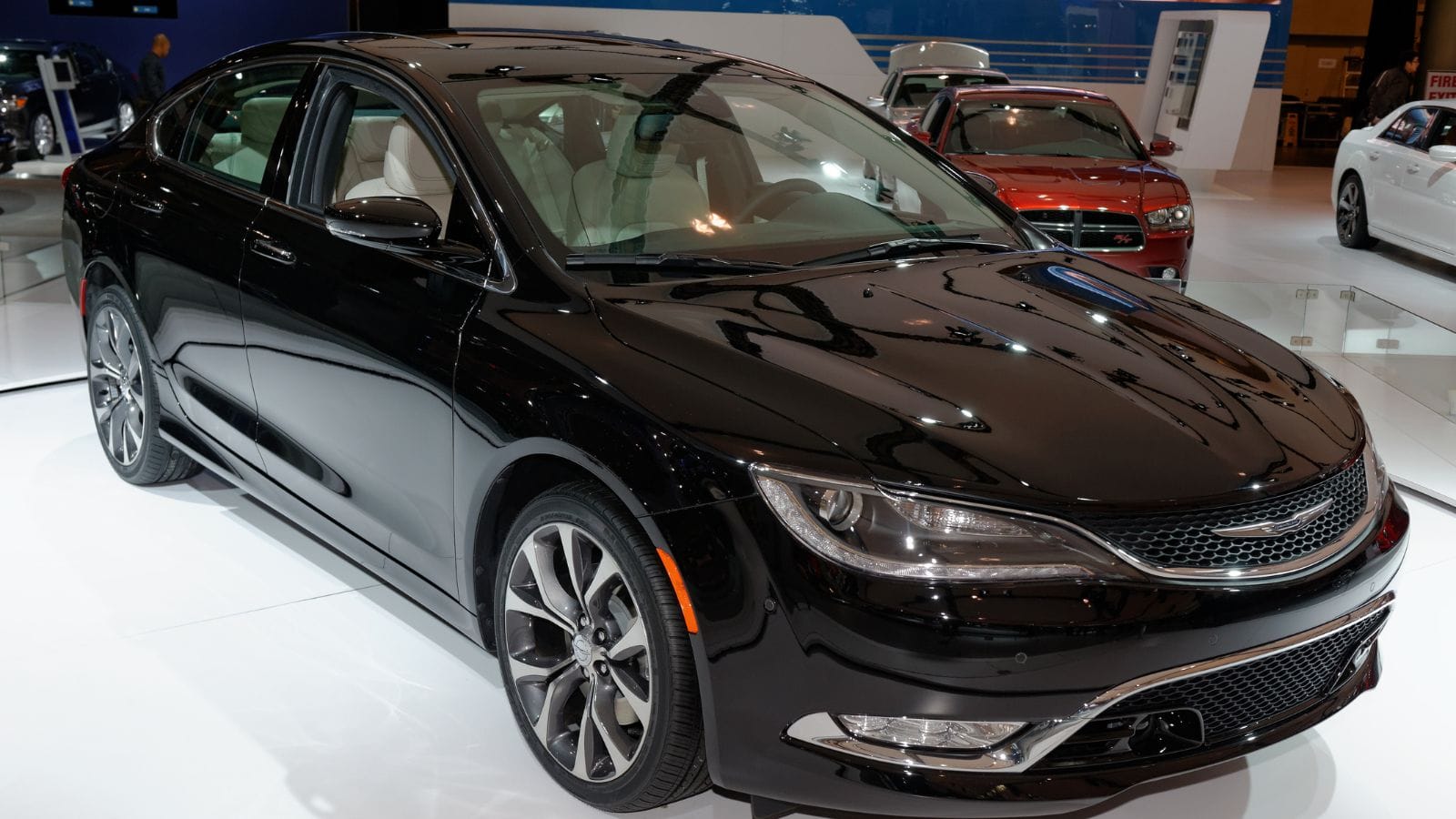
The Chrysler 200 may look sleek, but it is a car that struggles to maintain its cool in cold weather. Many Canadian drivers report stalling engines, transmission lurching, and excessive oil consumption, all of which are exacerbated by freezing temperatures. Its electronic shifter is particularly sensitive and can behave unpredictably in sub-zero conditions, while the heating system isn’t the most robust either, making longer winter drives uncomfortable. Given its underwhelming reliability record and complex drivetrain, the Chrysler 200 quickly becomes a regretful purchase for anyone living in Canada’s snow belt.
Toyota Yaris
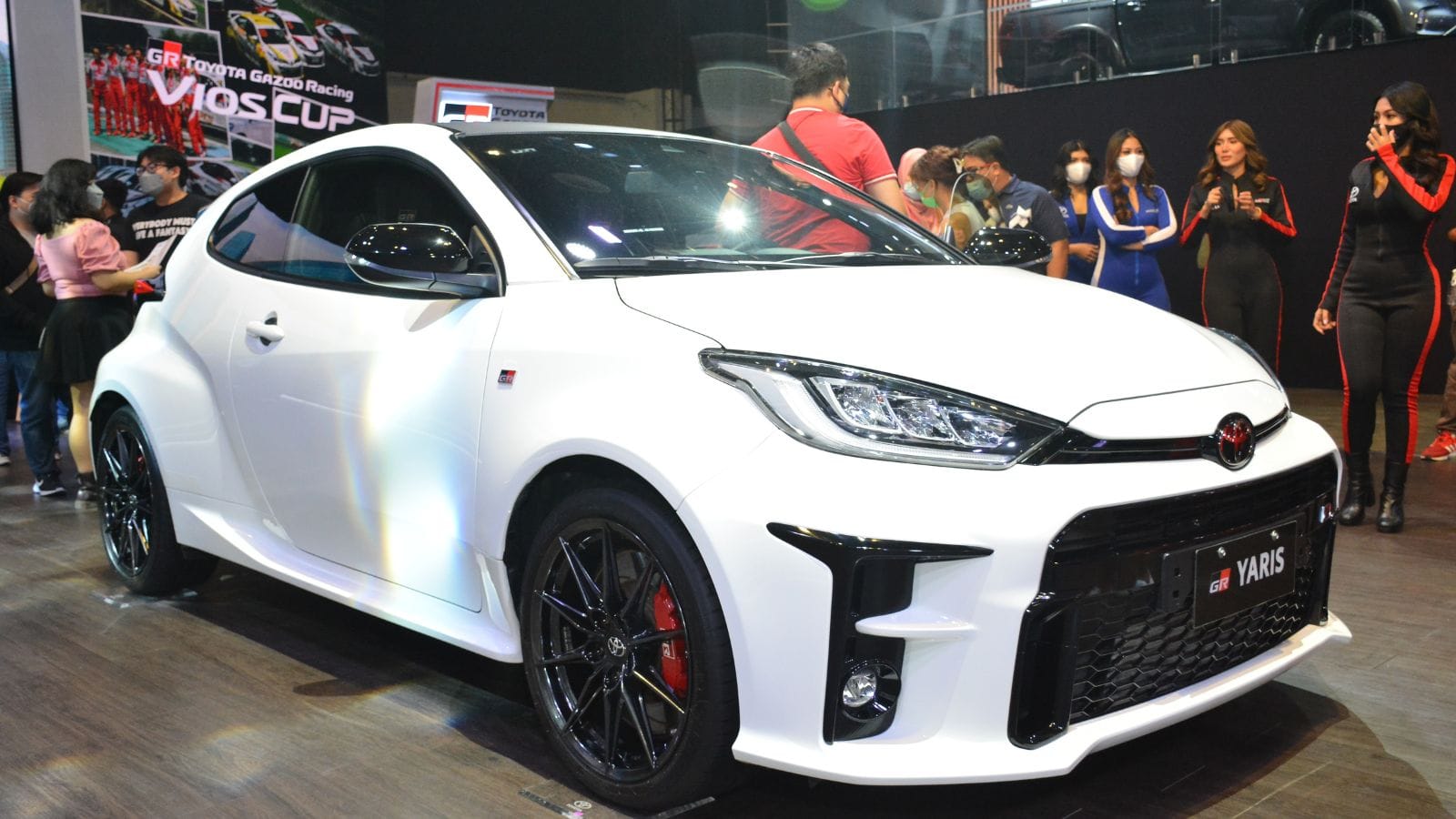
While known for reliability overall, the Toyota Yaris isn’t built for brutal winters. Its small engine often leads to slow warm-ups, and some owners report difficulty starting in sub-zero temperatures, especially with older batteries. The compact size and lightweight body also mean reduced traction on icy roads, even with snow tires. Rust tends to develop on undercarriage components, and plastic trim pieces can become brittle and snap in frigid temperatures. It’s a dependable city car in the summer, but come January in Canada, the Yaris can feel out of its element.
Mazda3 (Older Generations)
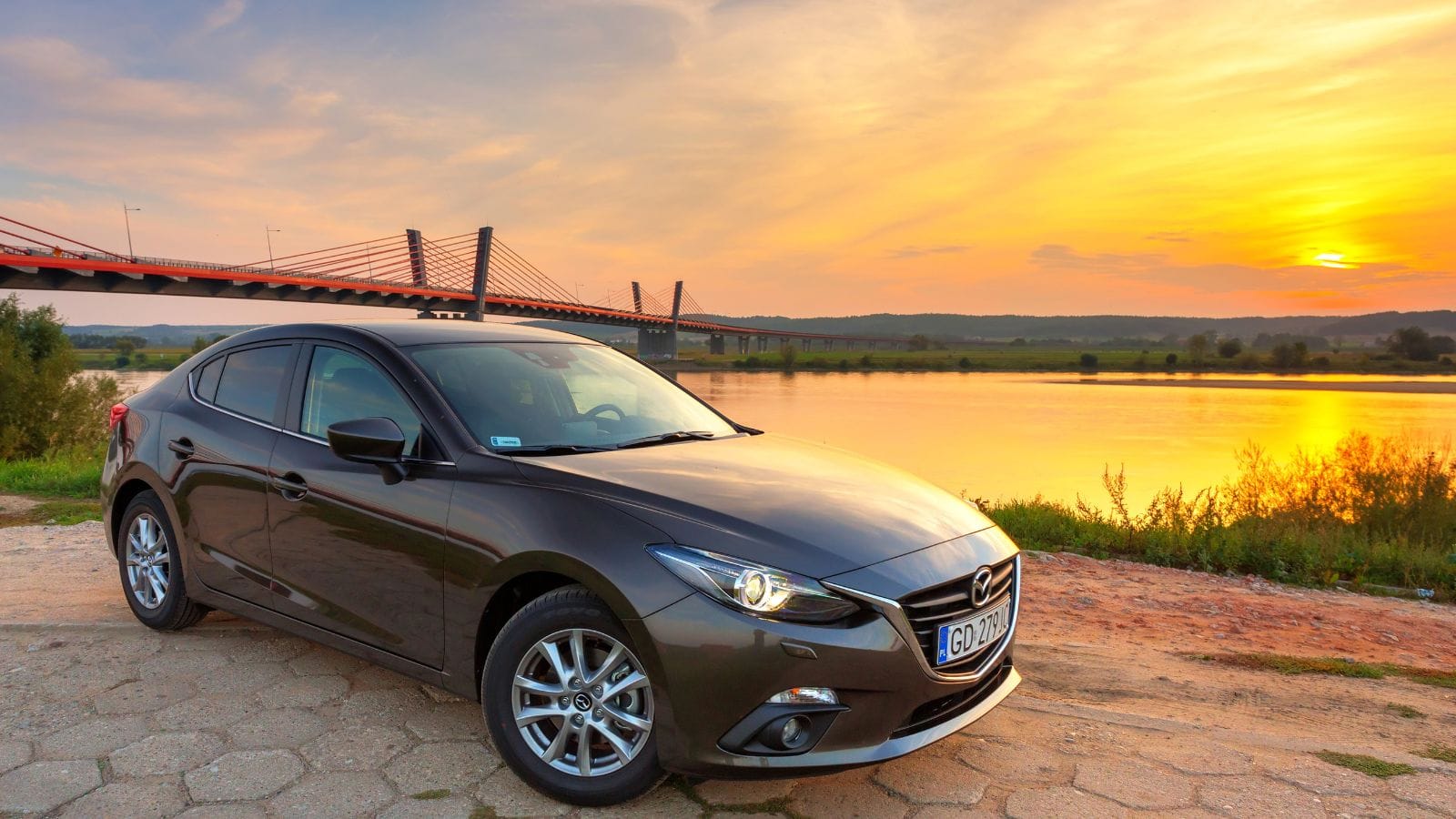
The Mazda3 is praised for its handling, but earlier models, particularly those made before 2014, often suffer when exposed to Canadian winters year after year. Issues include premature rust, particularly around the wheel wells and rocker panels, sticky door locks, and sluggish battery performance. While the engine usually starts, it is the heater failures and frozen sensors that become recurring frustrations. For drivers in salt-heavy regions like Southern Ontario or the Maritimes, the Mazda3 can start showing winter fatigue quickly.
Hyundai Accent
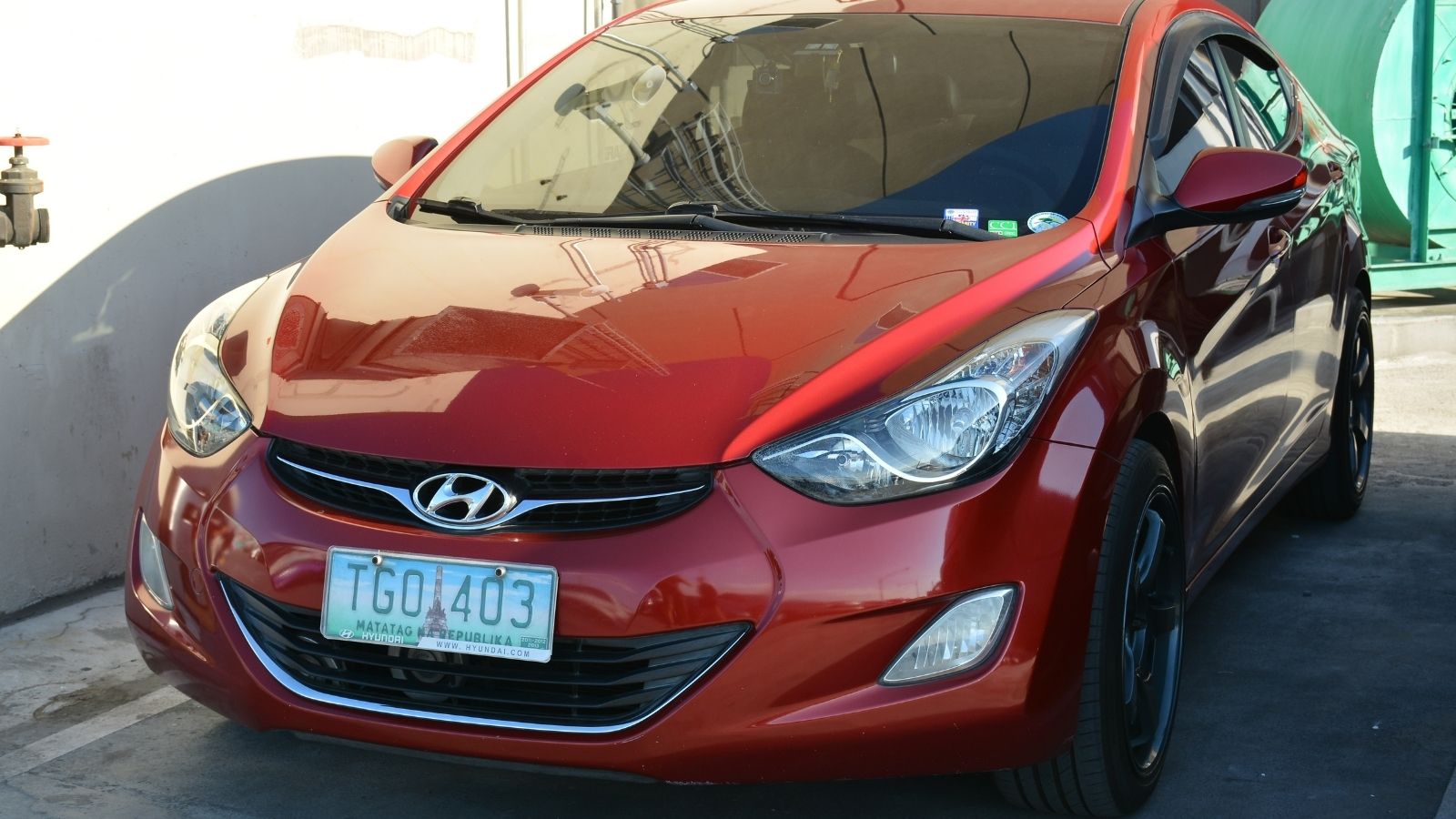
The Hyundai Accent is a popular budget car, but that affordability comes with some winter compromises. Older models are prone to slow starts, weak defrost systems, and delayed throttle response when the temperature drops. The insulation is minimal, making for chilly commutes until the cabin finally warms up. Suspension components and brakes have also shown signs of early corrosion in snowy, salted areas. While great for mild climates, the Accent can become a money pit in Canada’s harsher regions.
Buick Verano
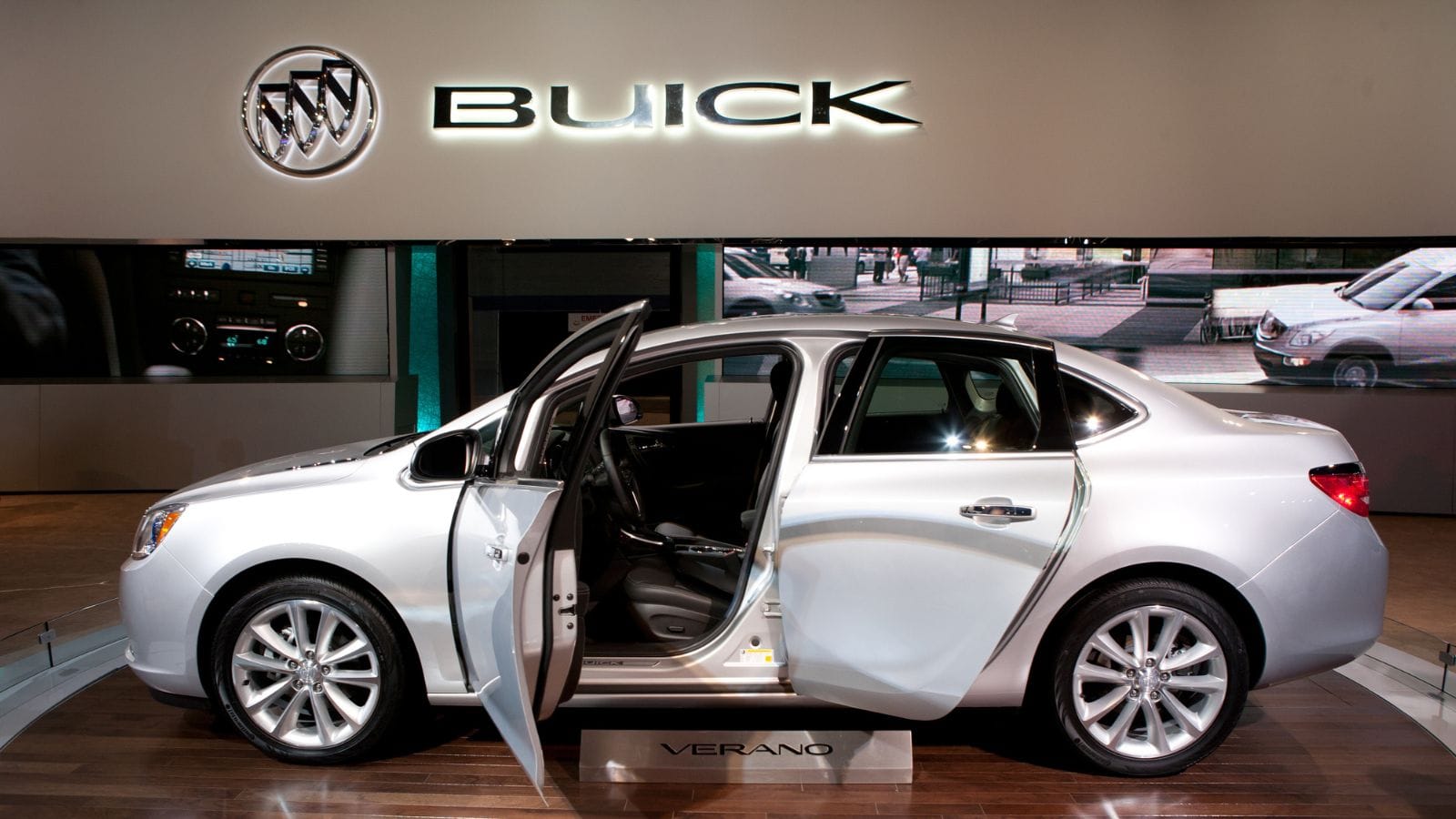
The Buick Verano once aimed to be a small luxury sedan with quiet refinement, but it hasn’t aged well in Canada’s cold climates. Problems include sticking ignition switches, sensor malfunctions, and stiff steering during frigid starts. Many owners report heater failures at precisely the time warmth is most needed, and the underbody tends to rust without vigilant upkeep. Even the interior materials can crack or warp due to temperature extremes. Although it is comfortable when it’s working, the Verano has become notorious for winter inconsistencies.
Mitsubishi Mirage
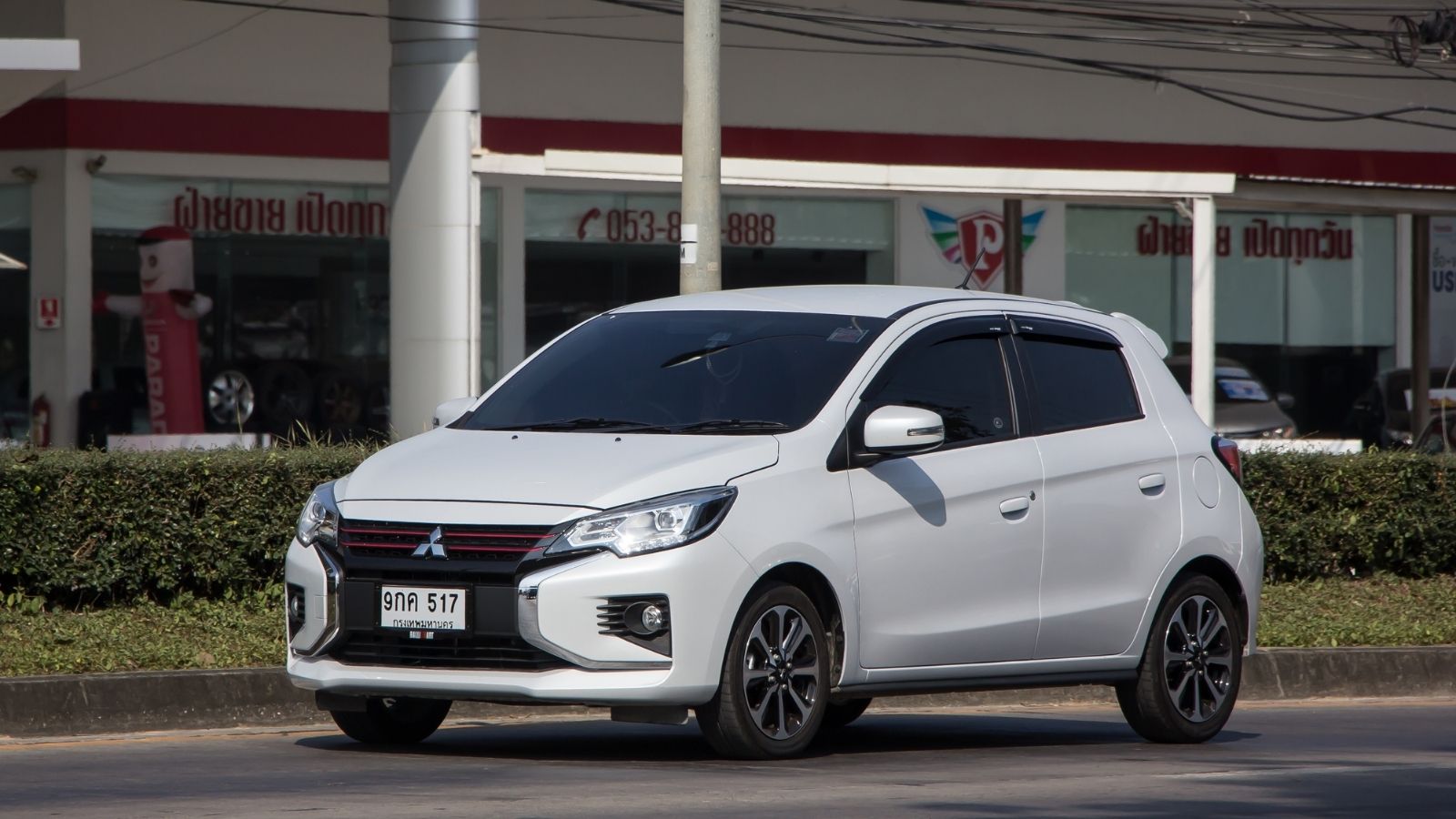
The Mirage may be affordable and efficient, but its lack of winter readiness is well-documented. Canadian drivers frequently complain of slow cabin heating, frozen doors, and difficulty starting their vehicles in cold temperatures. The small 3-cylinder engine lacks power on slippery hills, the low ground clearance means it frequently gets stuck in snowbanks, and rust can also show up early in high-salt regions. It is a practical urban runabout in spring and fall, but once the snow flies, the Mirage often feels like the wrong car for the climate.
Nissan Versa
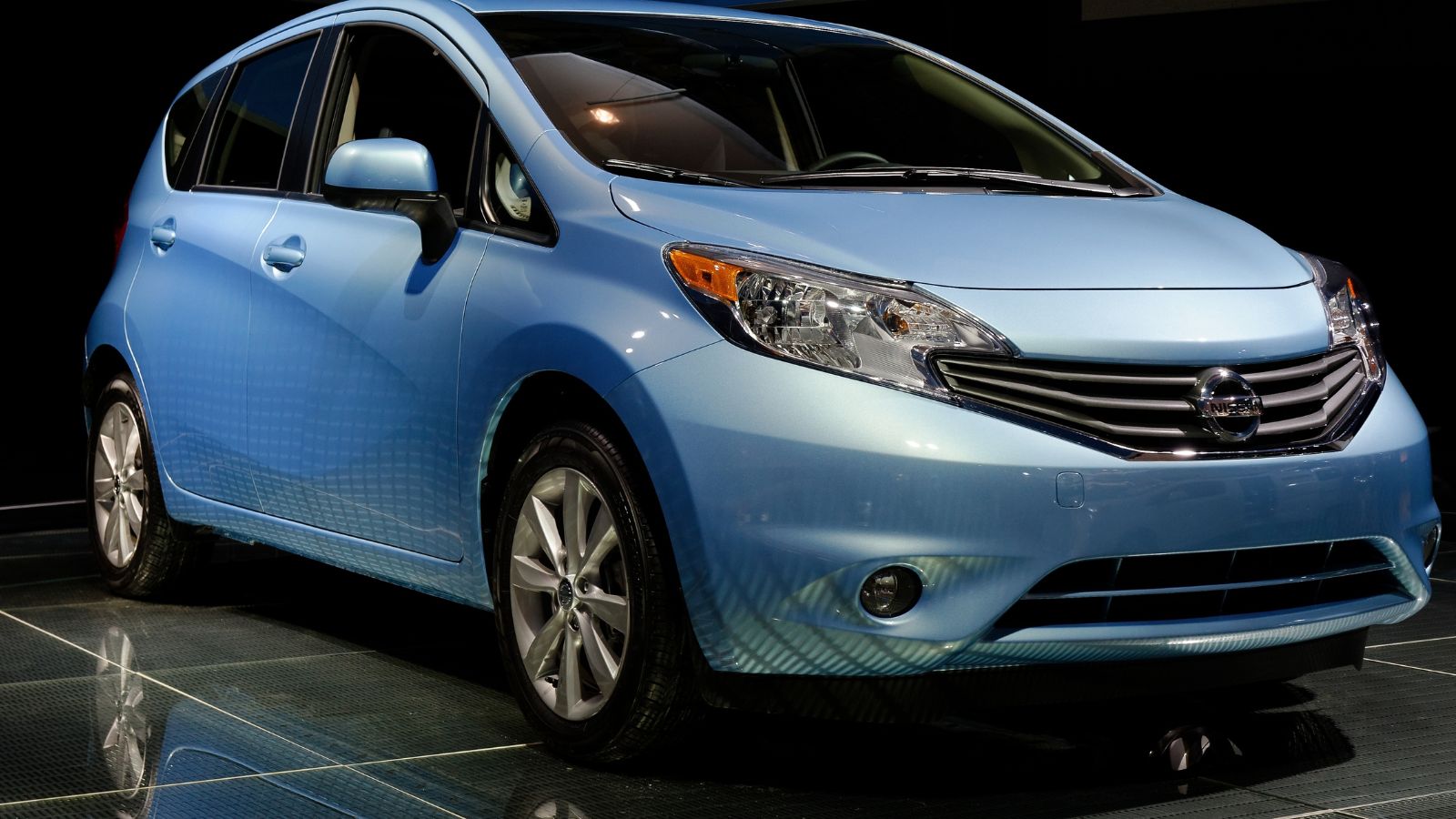
The Nissan Versa is another budget pick that often struggles with the Canadian winter. Engine hesitation, electrical issues, and transmission lag are common problems in older models, particularly in cold weather. Its heater can take an eternity to kick in, and even then, the airflow is not always enough to fight frost buildup. Owners also report frequent tire pressure warnings in colder regions due to sensitive sensors. Despite its roomy interior and solid mileage, the Versa can quickly feel underbuilt for Canada’s snow and slush.
Fiat 500
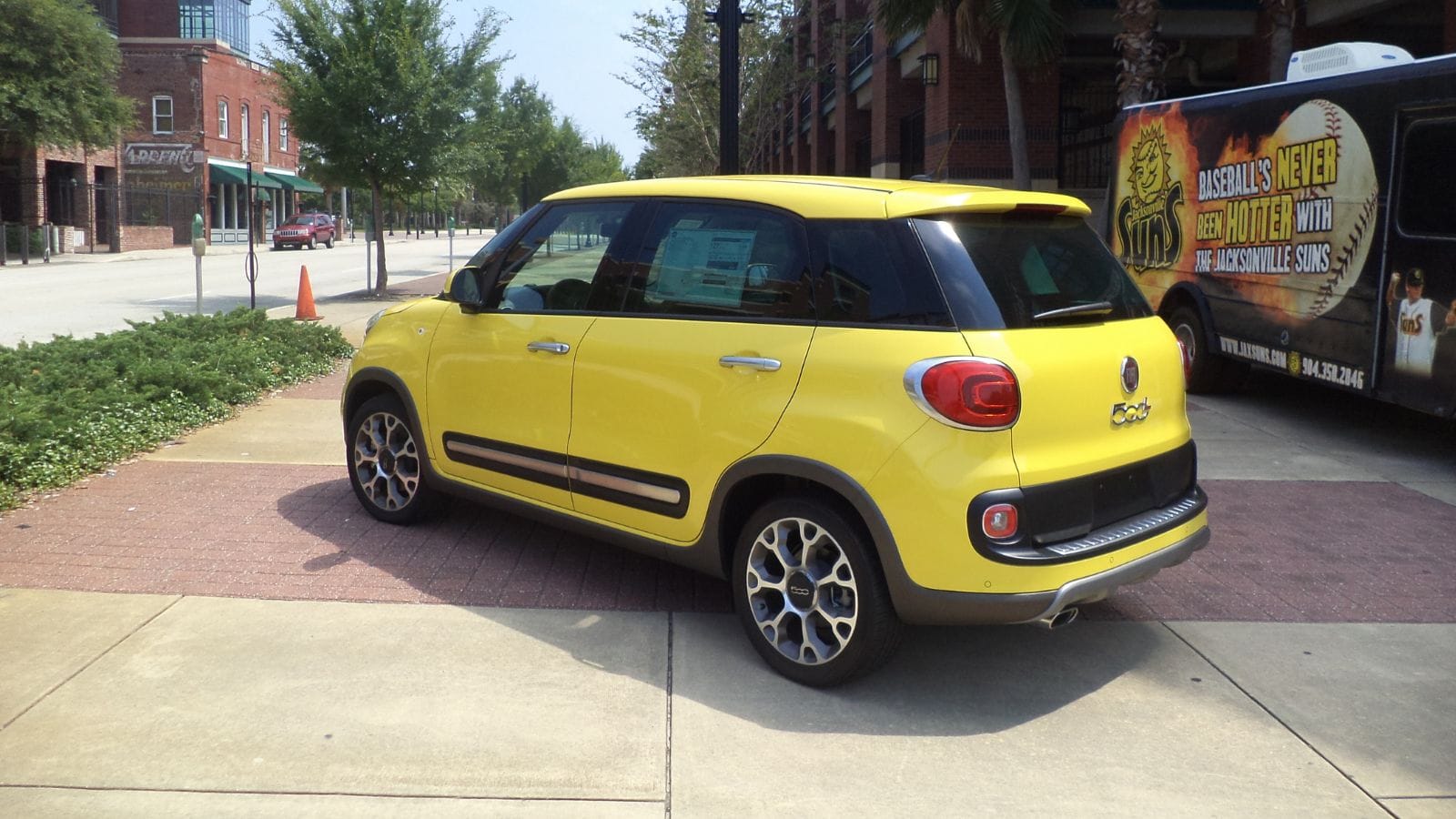
The Fiat 500 was designed for tight European streets, and not Canadian winters. While its compact footprint is convenient for urban living, its performance in cold climates is anything but impressive. Drivers report frozen door handles, poor visibility due to slow defrosting, and occasional stalling during cold starts. The transmission can be especially stubborn when temperatures drop, and traction control struggles to keep up on icy roads. Though it has style and charm, the 500 often proves too fragile for the snow, salt, and sub-zero wind chills.
Chevrolet Malibu (Older Models)

The Chevrolet Malibu, particularly those built before 2017, tends to develop a host of cold-weather issues in Canada. From faulty thermostat sensors and battery drain issues to fuel pump malfunctions, the Malibu often requires a bit too much coaxing to start on frigid mornings. Its large size and poor insulation also make for longer warm-up times and an interior that never quite feels cozy. While newer versions are better equipped, older Malibus on the resale market have become known liabilities when snow and sub-zero temperatures take over.
Scion xB
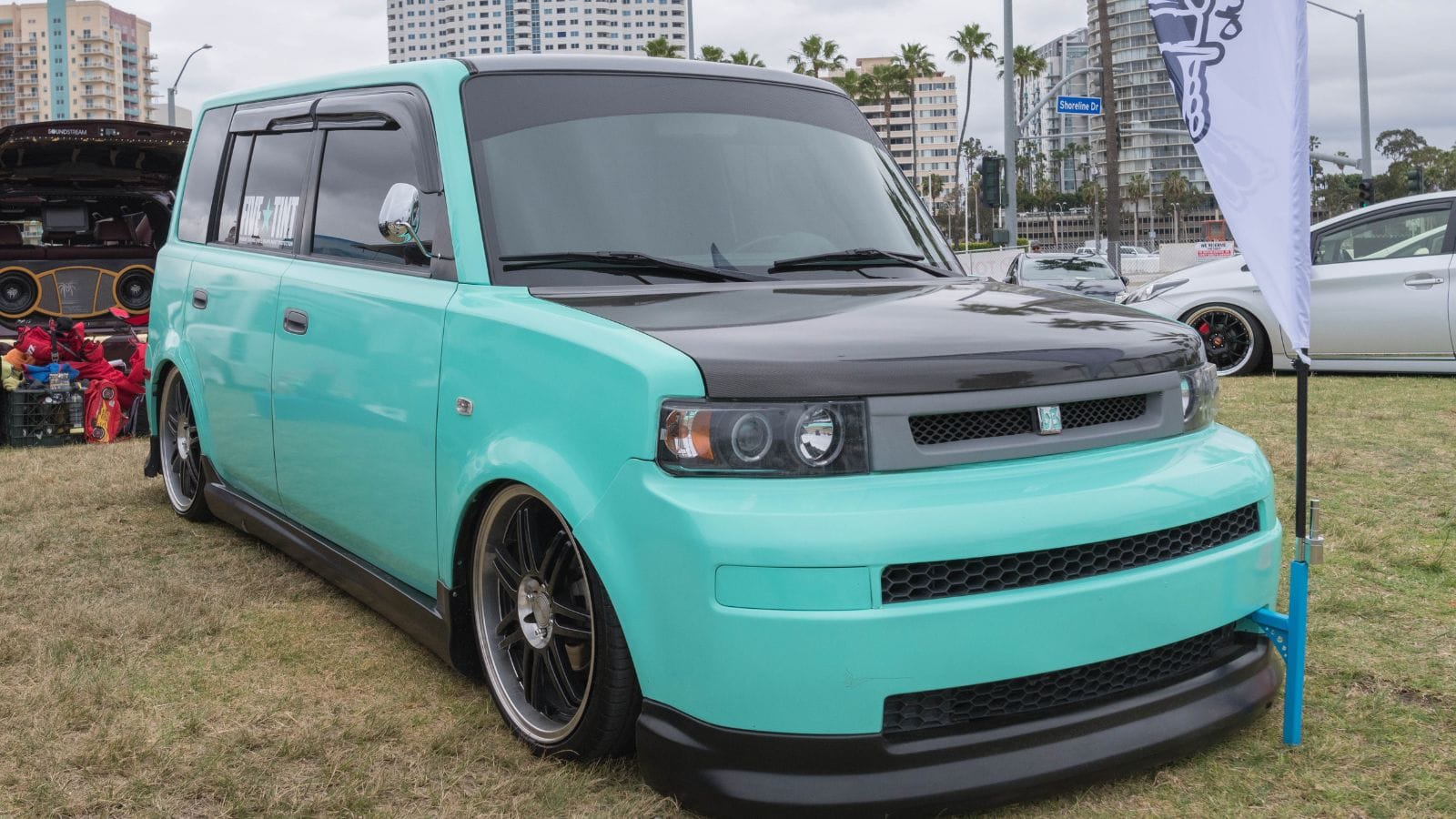
Though discontinued, many Scion xB models still roam Canadian roads, and their boxy design isn’t doing them any winter favors. The xB is known for slow cabin warm-up, electrical gremlins, and aging components that seize or crack in extreme cold. The door seals on older models tend to stiffen and tear, allowing cold air to sneak in. Owners have also reported stuttering idle during cold starts. With Toyota no longer actively supporting the brand, repairs can be costly and slow.
Honda Fit

The Honda Fit is a versatile and practical car, but it reveals its limitations when winter arrives. Common problems include battery strain, starter motor failures, and a heater that struggles to warm the cabin quickly. Owners in Northern regions also report sluggish CVT response and traction issues on snowy roads, even with winter tires. The low ride height and compact design make it a snow trap in unplowed neighborhoods. Despite Honda’s reputation for dependability, the Fit is one of those rare models that feels a little too delicate for serious Canadian winters.
Toyota Corolla (Older Models)
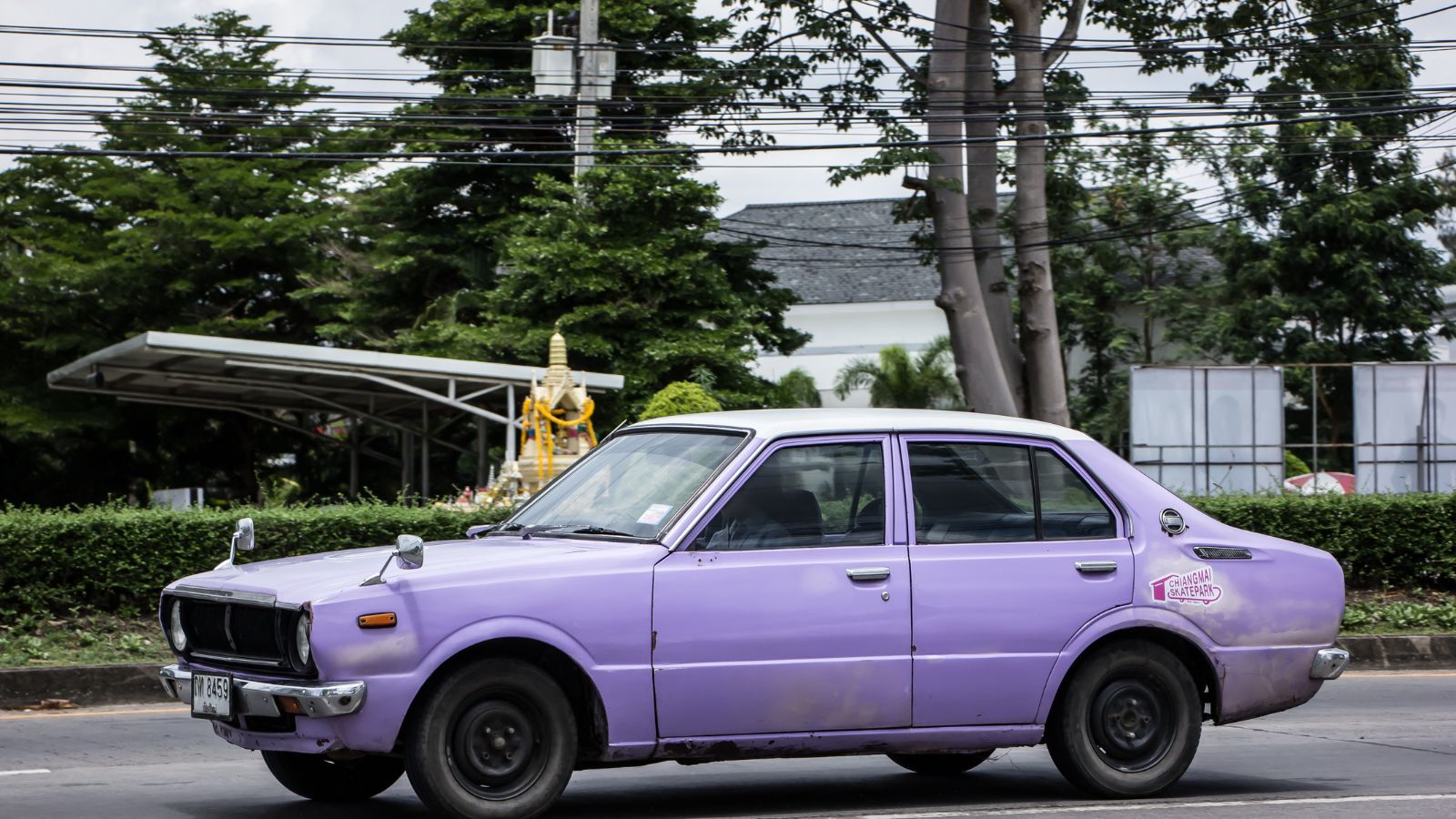
The Corolla is a legend in reliability, but even it has weak spots, especially models from the early 2010s. In winter, these older units often experience difficulties, including hard, cold starts, weak alternators, and slow heating systems. Some owners also report that early rust forms around fenders and door sills due to the presence of salt on roads. While still a better performer than many, age and basic insulation tech mean that these Corollas can start to wear down during Canadian cold snaps.
Ford Fiesta
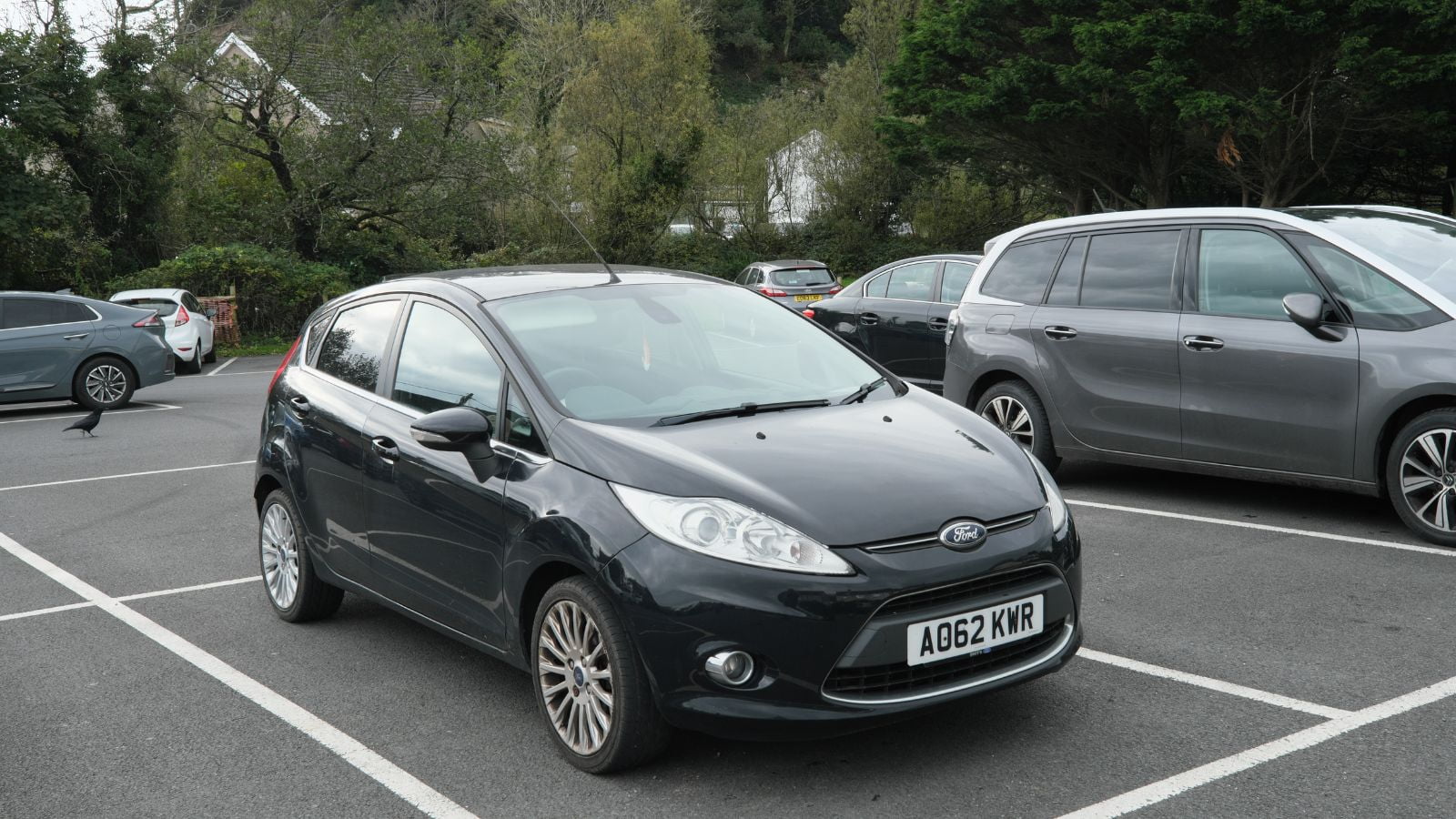
The Ford Fiesta, especially with the PowerShift automatic transmission, has been a frequent complaint in Canadian winters. It is prone to jerky shifts, hesitation off the line, and stalling during icy conditions. The tiny size also makes it a chore to drive in snowdrifts or on rural, icy roads. Owners frequently report issues with heaters not blowing hot air and door locks freezing shut. Although it is cheap to run, the Fiesta often becomes a winter maintenance project.
Smart Fortwo
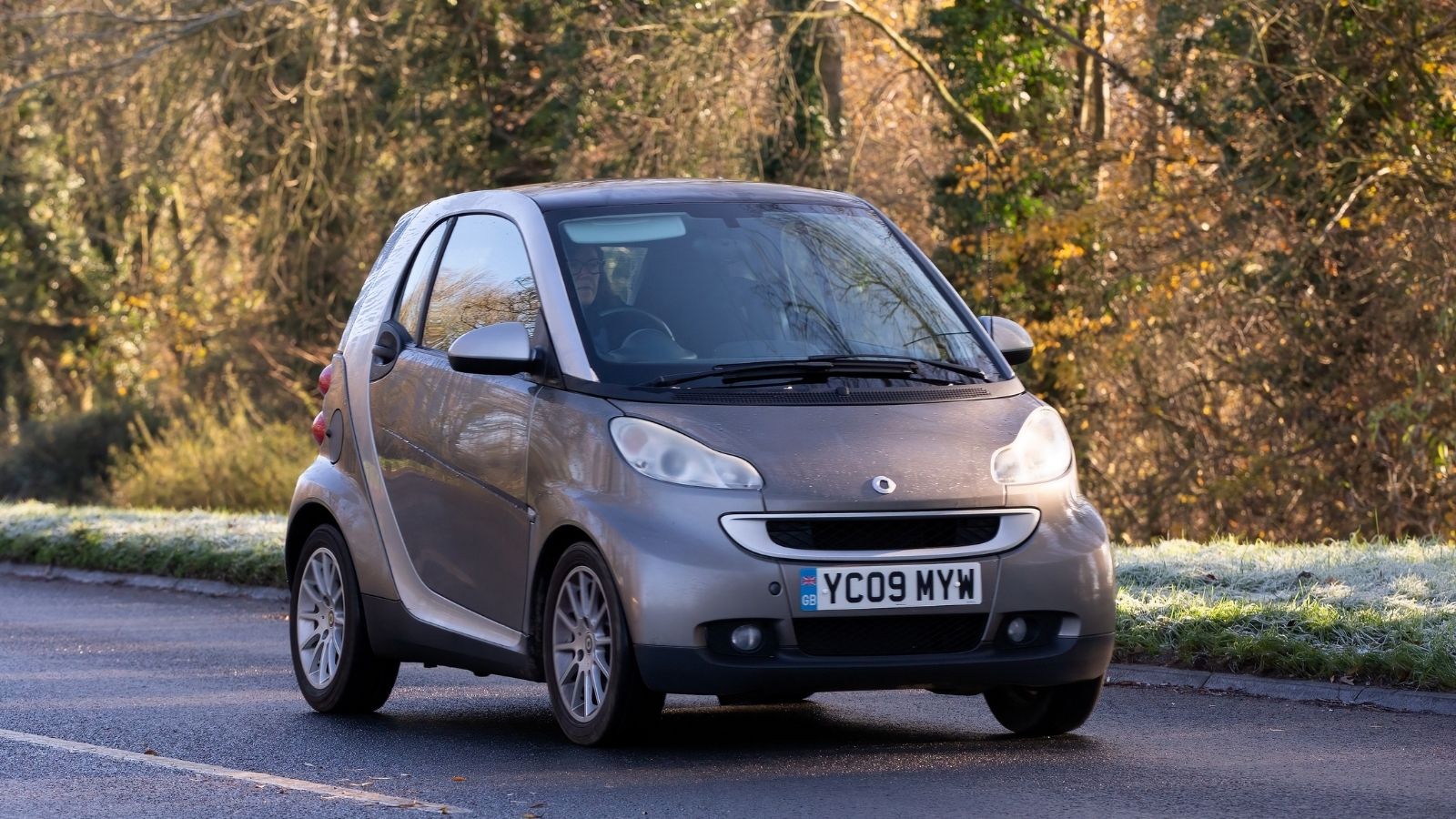
It’s no surprise that the Smart Fortwo is not cut out for Canadian winters. With rear-wheel drive, minimal insulation, and a notoriously sluggish transmission, it often struggles just to get out of a snowy driveway. Add limited cargo space for winter gear, subpar heating, and fragile plastics that crack in cold, and the car becomes more novelty than necessity. It was never built for winter endurance, and in regions like Alberta or Manitoba, the Smart car has proven to be more of a seasonal gamble than a reliable commuter.
25 Facts About Car Loans That Most Drivers Don’t Realize

Car loans are one of the most common ways people fund car purchases. Like any other kind of loan, car loans can have certain features that can be regarded as an advantage or a disadvantage to the borrower. Understanding all essential facts about car loans and how they work to ensure that you get the best deal for your financial situation is essential. Here are 25 shocking facts about car loans that most drivers don’t realize:
25 Facts About Car Loans That Most Drivers Don’t Realize
